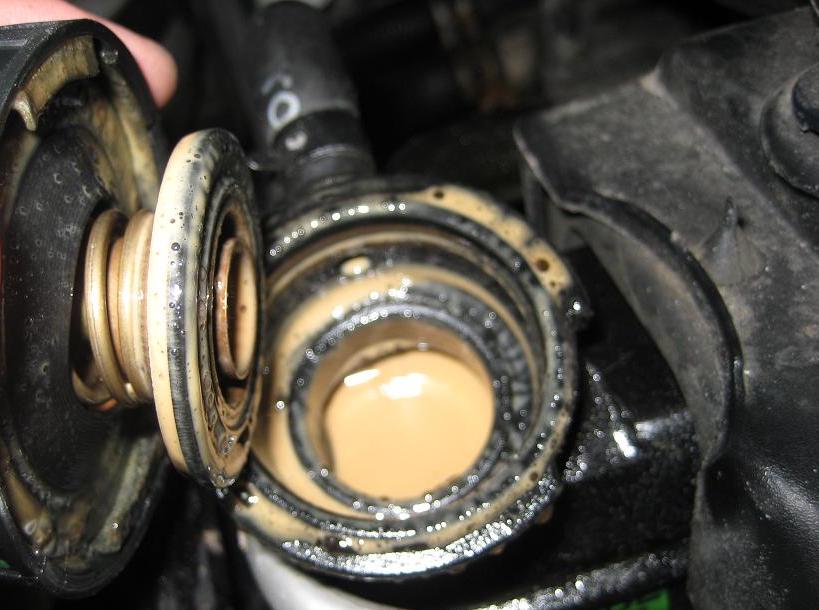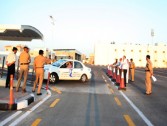
QMotor Mobile App
Find it on the App Store.


The engine is the most important part of the car at all, and it includes many vital parts, oil and fluids are among the factors that strongly affect the engine high efficiency.
The work of the oil is summarized in lubricating the internal parts of the engine, preventing friction between its parts, and absorbing suspended impurities, while the water cools the engine, and maintains its temperature in the normal amount for it.
Despite their importance, in the event of their mixing, they cause many problems and malfunctions for the car.
Given the seriousness of this problem, we present to you today the main reasons that lead to the mixing of oil and water in the engine, with an indication of the signs of their mixing together.
First, the reasons for mixing oil with water in the engine:
Second, the most prominent signs of mixing oil with water:

The Q Motor team has included some valuable tips for you which will help you pass your driving...
.jpg)
Names are a large and wide world with many meanings. Our awareness of the things around us...

This guide contains a definition of traffic violations, traffic points system, classification of...

There are a lot of traffic signs that Qatar General Directorate of Traffic is working to install...
Comments